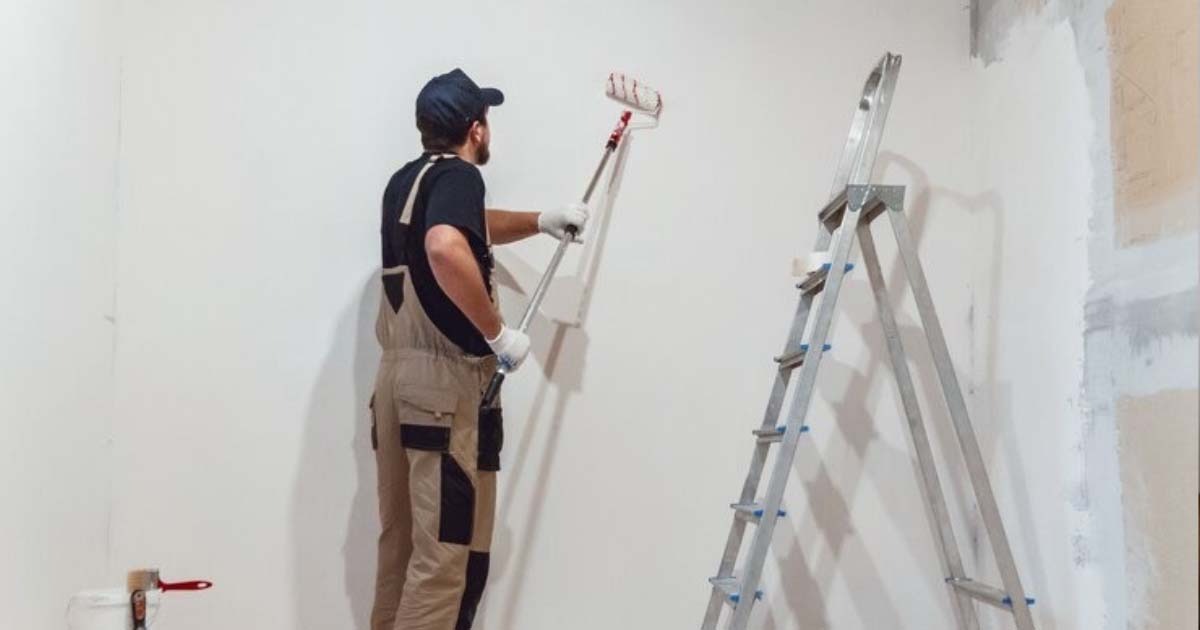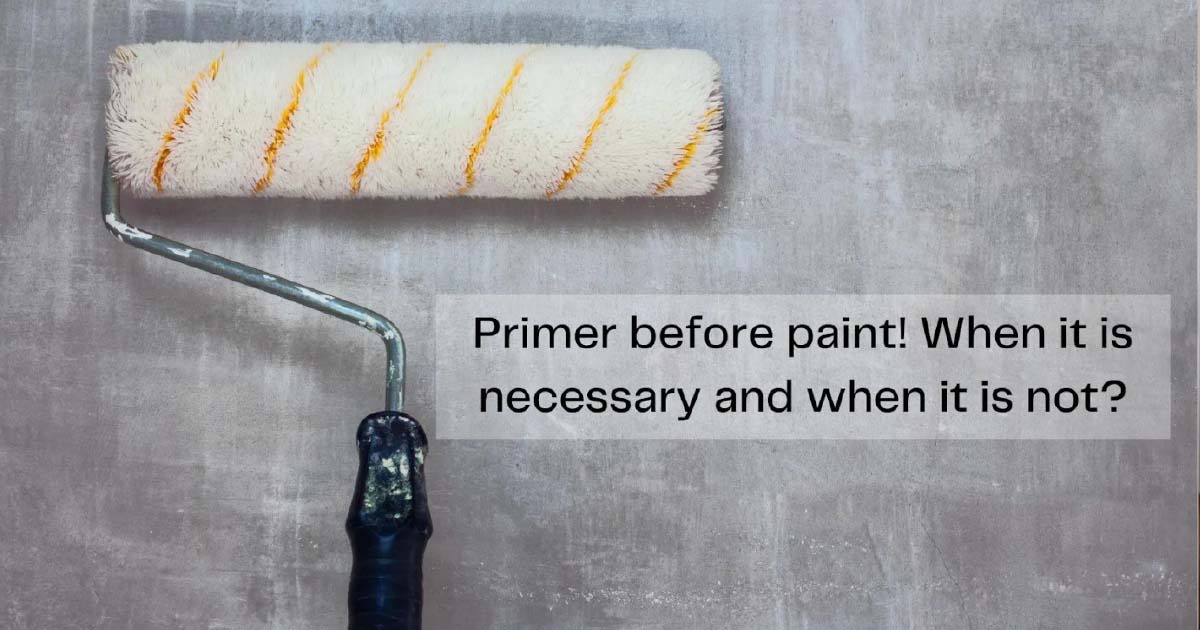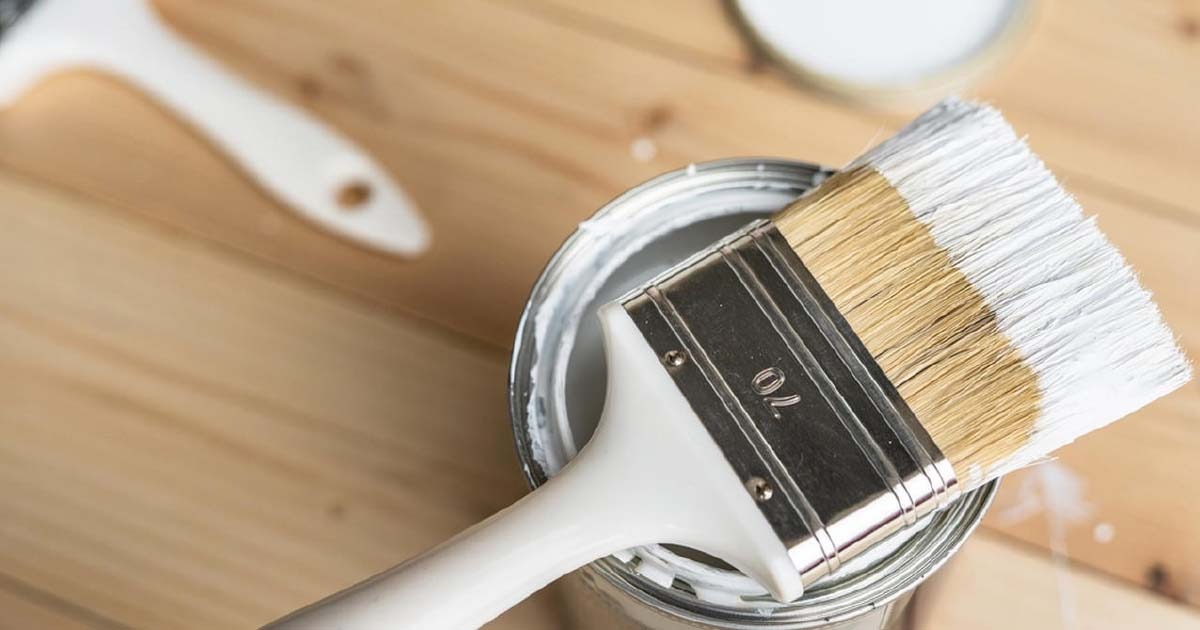
Have you ever wondered why some paint jobs seem to withstand the test of time while others quickly peel or fade? The secret often lies in an overlooked but essential step: priming. Just like a solid foundation is crucial for a sturdy building, a quality primer sets the stage for a flawless paint finish. In this blog, we’ll explore the transformative power of primer and uncover when and why you should make it an integral part of your painting process.
Why Use Primer?

1. Improves Adhesion – Primer acts as a bridge between the surface and the paint, creating a strong bond that ensures the paint adheres properly. This results in a long-lasting finish, reducing the need for frequent touch-ups.
2. Seals Surfaces – Porous surfaces like drywall, bare wood, or concrete can absorb paint unevenly, leading to a blotchy finish. Primer seals these surfaces, providing a uniform base that allows the paint to glide on smoothly.
3. Blocks Stains – Unwanted stains such as watermarks, smoke stains, or even the dreaded crayon marks from a creative toddler can bleed through the paint. Primer blocks these stains, preventing them from resurfacing and ensuring a clean and pristine finish.
4. Enhances Color and Coverage – Using a primer can enhance the vibrancy of the topcoat and improve its coverage. This means you might need fewer coats of paint to achieve the desired color, saving time and money.
When to Use Primer?

1. New Drywall – Freshly installed drywall is highly porous and absorbs paint unevenly. After applying wall putty, applying primer is essential to seal the surface and create a smooth base for the paint.
2. Bare Wood – Wood surfaces can release tannins and oils that can bleed through the paint. Primer prevents this and ensures proper adhesion. It also helps in creating a smooth surface by filling in the grain of the wood.
3. Glossy Surfaces – If you’re painting over a previously painted glossy surface, primer is a must. It helps the new paint adhere properly, reducing the risk of peeling or chipping.
4. Stained or Discolored Surfaces – Surfaces with stains, discoloration, or damage require a primer to block these imperfections and create a clean slate for the new paint.
5. Drastic Colour Changes – When changing from a dark color to a light one (or vice versa), primer helps in achieving better coverage and prevents the old color from showing through.
How to Apply Primer
1. Choose the Right Primer: Different surfaces and projects require different types of primer. For instance, oil-based primer is ideal for wood, while water-based primer works well on drywall.
2. Prepare the Surface: Clean the surface thoroughly to remove dirt, grease, and dust. Sand any rough areas to ensure a smooth application.
3. Apply Evenly: Use a high-quality brush or roller to apply the primer evenly. Avoid overloading the brush or roller to prevent drips and streaks.
4. Follow Drying Times: Allow the primer to dry completely before applying the topcoat. This ensures proper adhesion and a flawless finish.
Conclusion

In the world of painting, primer is often the unsung hero that paves the way for a flawless finish. By understanding its importance and knowing when and why to use it, you can achieve professional-looking results that stand the test of time. So, the next time you embark on a painting project, don’t skip the primer—it’s the foundation of a beautiful and enduring masterpiece.
HomeSure Mastertouch offers high-performance primers, including Prime Exterior and Interior Primer for an affordable range, as well as Exterior and Interior Primer for standard applications. These superlative products deliver enhanced adhesion, improved coverage, and increased durability. Using them will facilitate better paint coverage, requiring fewer coats of paint overall. By building powerful and sturdy bonds and sealing surfaces, these primers will help protect the paint from cracking, peeling, and fading, leading to more durable and long-lasting paint jobs.
